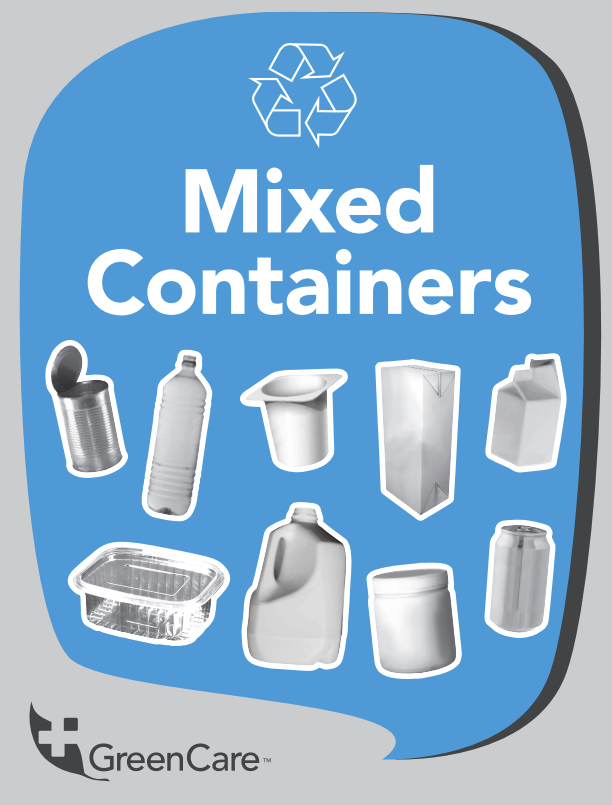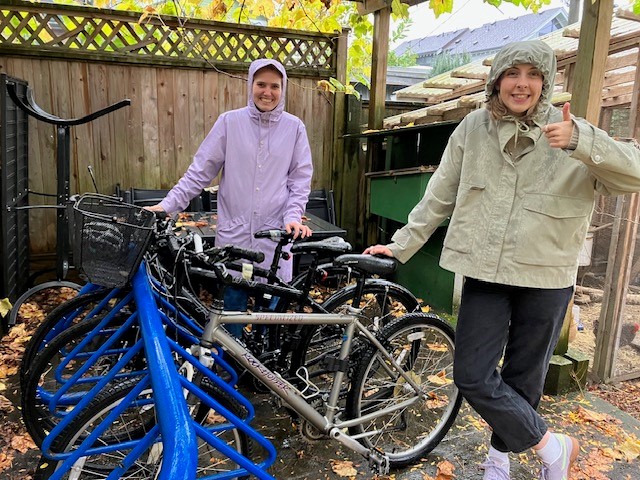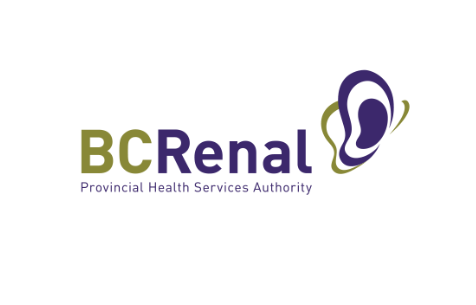Mixed container recycling is easier than you think, even in hospitals and long-term care facilities. The following tips will make mixed container recycling fast, easy and effective, while keeping recycling staff safe and preventing recyclable materials from being contaminated with non-recyclable waste.
Why should I sort my recycling?
Sorting mixed containers correctly prevents having whole bags of recyclables contaminated and disposed of in the garbage.
Products that belong in mixed container recycling bins:
- Food and beverage containers in hard plastic, glass, aluminum, tin and Tetra Pak
- Cleaning product containers in hard plastic, glass, metal and Tetra Pak
- Solution and irrigation bottles (e.g. isotone/buffer, sterile water, sodium chloride)
- CaviWipe containers
- Plastic medication cups
All containers must be empty and have their lids removed. When possible, containers should be rinsed. Patient identifiers must be removed.
Items that can’t be recycled and belong in garbage bins:
- Empty urinals/graduated cylinders (even if clean or used for non-bodily fluids)
- Empty specimen containers (even if clean or used for non-bodily specimens)
- Empty syringes, no needle
- Empty tubing
- Non-empty containers
- Soft plastics (e.g. gloves, some packaging)
Containers intended for bodily fluids, like urinals, are sometimes used for other (non-body) purposes. However, recycling staff — who sort the containers by hand — won’t know how the container was used. Therefore, all such containers must be treated as if used for their intended purpose and disposed of in garbage bins.








